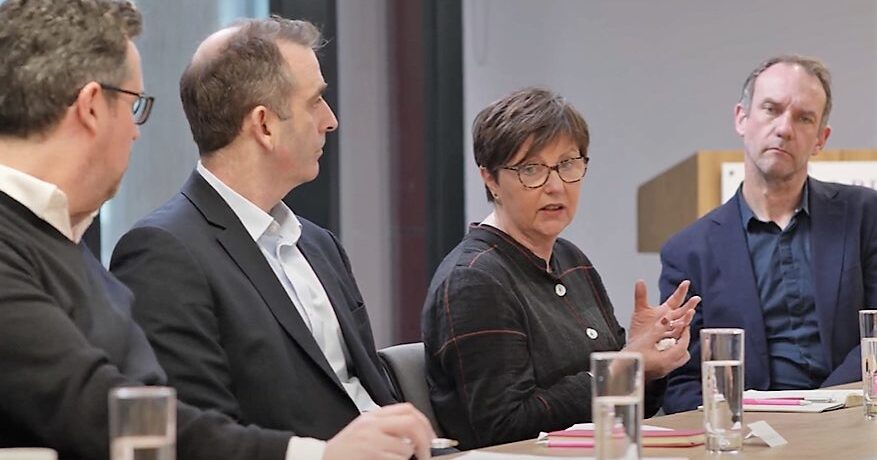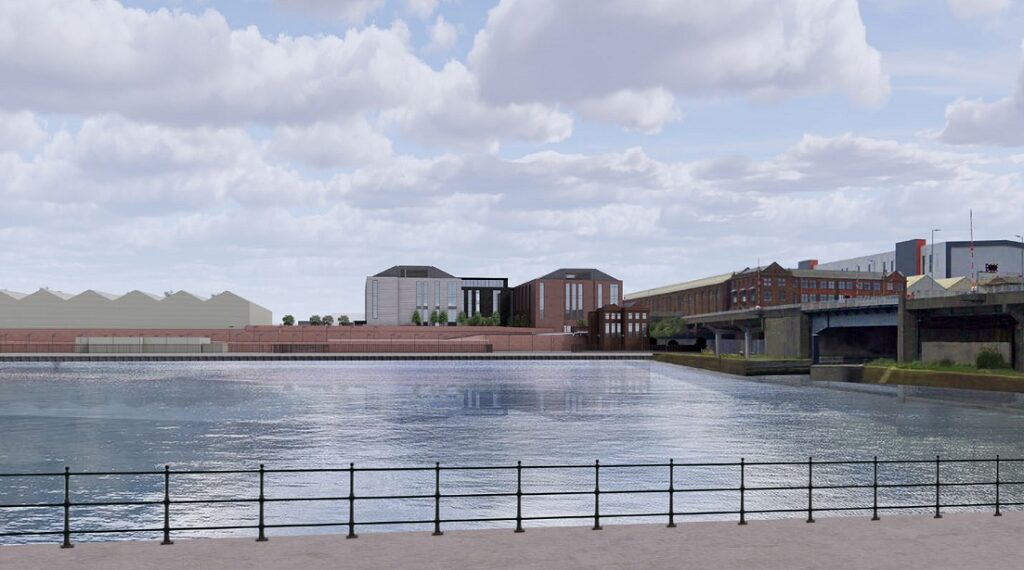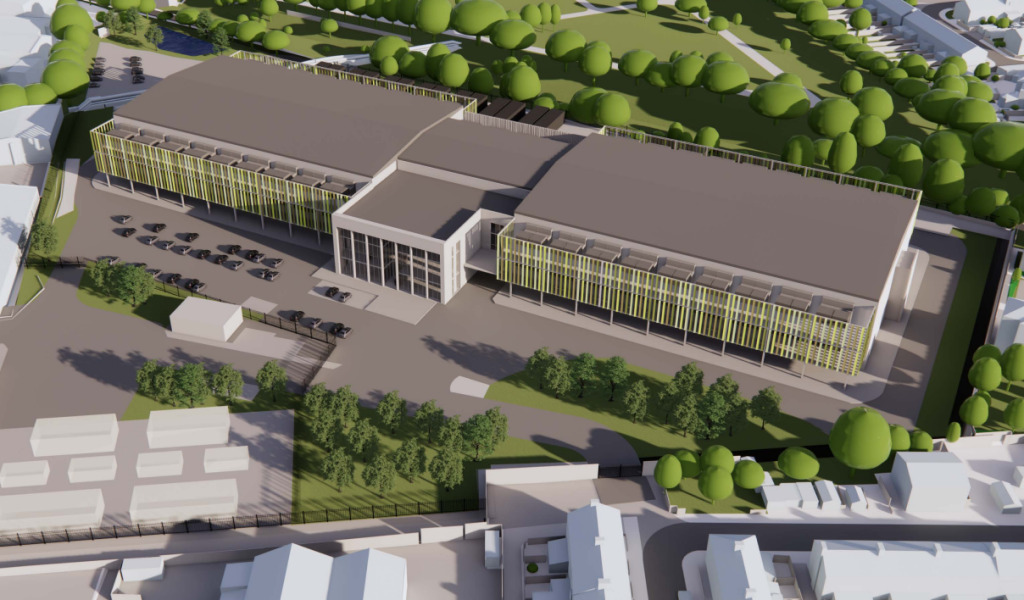VIDEO | Sustainable hotel development
PlaceTech and Mills & Reeve hosted a roundtable discussion with hotel developers, funders, advisers and designers to explore sustainability in hotel development in the current market.
The participants tackled topics including funding criteria and investor appetite, design tips and using modern methods of construction, as well as occupier and operator demands and more.
The speakers were:
- Ros Roche, RHC director
- Tom Cunningham, Savills director of hotel capital markets
- Caroline Hanratty, Mills & Reeve real estate partner
- Daniel Redmond, Adapt Property Group director
- Fiona Lomas-Holt, Turley associate director of sustainability
- Chris Yates, Willmott Dixon director
- Tom Jessop, OakNorth Bank associate director
- Michael Swiszczowski, Chapman Taylor director
- Jo Davies, Mills & Reeve partner
- Andy King, Mills & Reeve senior real estate finance lawyer
- Jonathan Conway, Hotel Land & Development director
The discussion was chaired by Paul Unger, editor, PlaceTech and held at the office of Mills & Reeve in Circle Square Manchester.
Watch the roundtable video below. You can also view it on the PlaceTech YouTube channel.
Key talking points:
Ros Roche | I think more than anything, possibly waste from the guest [is the biggest issue]. Each guest generates about one kilogramme of waste per night. I had a look around a major hotel recently, and we were looking at the back of house. And the biggest problem they had was in the bin store, purely driven by the fact that today’s guest, quite often will use Deliveroo, instead of eating in the restaurant. So, the amount of waste that’s generated was a real issue for them. And they couldn’t actually contain it all in the store.
Tom Jessop | We’re certainly seeing more conversations at credit committee in relation to sustainability. I’ve got four or five deals on my desk at the moment where there’s actually a sustainability part within the information memorandum, which you probably wouldn’t have got two years ago, which is refreshing to see.
Andy King | There’s two loan products, there’s green loans, which are loans for a specific green project such as a renewable office that uses renewable energy, or there’s a sustainability linked loan, which is where the loan margin actually decreases or increases depending on the borrower’s sustainability targets, whether they’re met or not. So that’s something that we’re starting to see a lot of in the market, with hotels being 24/7 365 days a year operation of businesses. If a hotel operator can say ‘we’re going to change the way we do this, we’re going to make our hotel more sustainable’, that is something that will be very attractive to them, I think.
Jonathan Conway | I think we’re going to have legislation, that could be rendered retrospective, which will impact valuation. Unless you make or develop a sustainable hotel, your valuation is going to be hit. So we are going to have to start looking at it now. Because it’s going to fundamentally come down to not just the cost, but also value numbers as well.
Tom Cunningham | Some of the big hotel groups have green loans in place already. The Edwardian did it in London, a £175m green loan. For all the big hotel companies it’s front and centre of their criteria at the moment. The market will tell how much the yields diverge between greener hotels and the rest. I suppose it’s going to depend on the terms and how the contracts are drawn up.
Jo Davies | The optimistic thing is that the demand seems to be coming from all angles, certainly from lenders, from investors, as well as being driven up from customers. So certainly, it’s a key factor when we’re first starting off acting on a new transaction for investors that’s featuring in the due diligence process now. So we’re having quite complex or particularly institutional funds and private equity, they have ESG, checklists, and part of our legal due diligence also includes asking all of these questions, so on sustainability in the environmental side, but also on the social value and governance as well. We’re having to really drill into that at the outset. And that’s because they’ve got their own reporting criteria. And we see that’s becoming a feature of credit committee, and it’s also a part of investment committee decision making.
Michael Swiszczowski | In terms of the biggest impact we can have on design is in those very early stages in line with what we’re doing on a planning policy level. As masterplanners, as well as architects, the biggest place we can bring the savings is in the original masterplan, the orientation of the building and the general principles of how you design into the urban fabric. As a rule of thumb in design they say 50% of carbon savings can come from just well-placed orientation of a building on the site.
Daniel Redmond | Part of the cost and development appraisal process is actually engagement with the contractor and supply chain, not just at the main contractor level, but down to the product delivery. What are those products? How do we use that? How do we bring it on board? What is the impact of that cost to the design, because it all has a knock on effect.
Chris Yates | In terms of the cost, I’ve been involved in two Passivhaus schemes. And probably what we’ve said is the initial outlay of capital expenditure is around about 20% more than for a standard building. When we try to unpick that a little bit it is very much around the uncertainty in the unknown nature of what we’re doing. So we’re asking our supply chain to do something that they’ve not done before, so immediately you know there is risk associated with that, which attracts an extra price. So what we’re hoping is, the more we do schemes of this nature, the more expertise we get, the more we’re able to refine our offering, and be able to get on a par, it just becomes a standard offering as opposed to something different.
Fiona Lomas-Holt | There’s a big change between your typical new-build development and demolition. What we’re seeing a lot more of is refurbishment, and that has a huge cost saving to the developer and it’s a huge carbon saving. We’re working on a big development at the moment where the developer chose to refurbish the existing 1960s hotel rather than demolish and rebuild. And we think that saved about 5,000 tonnes of carbon, which is a huge saving. That really needs to be considered in the process as well as a cost.
Caroline Hanratty | I think there is a real issue with the knowledge gap. Clients have said to me that within planning teams at local authorities they lack the knowledge about the carbon embodiment of the products. There’s a requirement to put some solar panels on the roof, but without looking at how and where they were built and where they’ve come from, and there is a lack of sophistication in those kinds of decisions.





